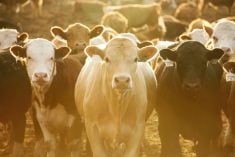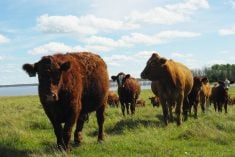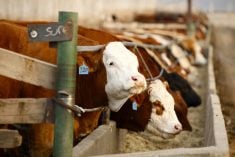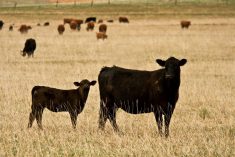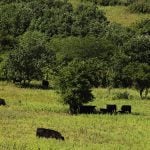Compared to last week, western Canadian yearling markets traded $5 lower to $3 higher while calves under 600 lbs. were $2 to as much as $7 higher.
Yearlings were somewhat sluggish in the eastern Prairie regions, as feedlot operators in Alberta focused on local cattle. Fleshier backgrounded cattle are coming on the market at this time of year, which caused the diverse price structure. Calf values were relatively even across the Prairies. Feedlot operators are looking for stronger fed cattle prices in the latter half of 2021, which lent support to the lighter weight categories. Pen conditions have improved in southern Alberta, which also contributed to the firmer tone. Statistics Canada released its semi-annual inventory report on March 1. Feeder cattle outside finishing feedlots as of Jan. 1 were down 3.5 per cent from year-ago levels. This appeared to spark buying interest with larger operations anxious to secure ownership.
Read Also
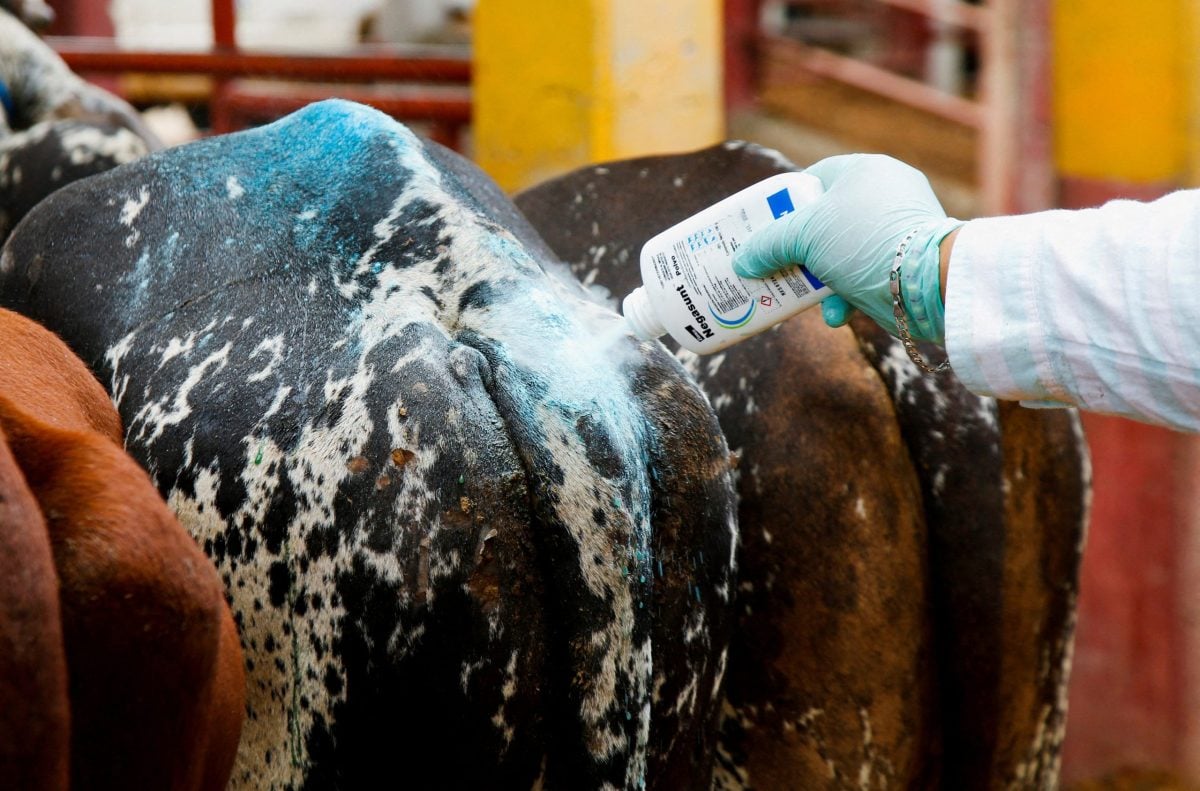
U.S. not ready to lift Mexican cattle ban over screwworm, Agriculture Secretary Rollins says
The U.S. is not yet ready to reopen its border to Mexican cattle amid an outbreak of the flesh-eating New World screwworm parasite, Agriculture Secretary Brooke Rollins said, but she is pleased with Mexico’s efforts to contain the pest.
In central Alberta, red and white face steers with medium flesh levels averaging 920 lbs. were quoted at $169; larger-frame tan steers with lighter butter conditions weighing 850 lbs. were valued at $185 and similar-quality and -weight heifers were quoted at $171. In central Saskatchewan, medium-frame fleshier Angus-based steers averaging 820 lbs. were quoted at $179; their older brothers weighing 930 lbs. traded hands at $163. In Manitoba, medium-frame Simmental blended steers with lighter butter levels weighing just over 800 lbs. were quoted at $175; northwest of Winnipeg, larger-frame Charolais steers averaging 1,000 lbs. were reported at $164. In southern Alberta, larger-frame mixed steers weighing 710 lbs. were quoted at $202 and similar-quality and -weight heifers were reported at $175.
South of Edmonton, Angus-based weaned steers averaging 525 lbs. on full health program dropped the gavel at $250; in the Red Deer region, tan weaned steers averaging 600 lbs. were quoted at $229; Simmental-based weaned heifers averaging 635 lbs. were reported at $192. Ranchers are doing a better job of weaning and vaccinating calves prior to sales; therefore, minor discounts are noted when a group of bawlers comes through the ring. In Manitoba, Limo-based steers weighing just over 600 lbs. were valued at $224.
Over the past couple of years, we’ve seen lower U.S. demand for western Canadian feeder cattle; however, we’re now seeing values in the Midwest equivalent to slight-premium Western Canada. The U.S. has experienced consecutive year-over-year decreases in its calf crop; secondly, Western Canada is contending with historically strong feed grain prices. This environment will cause Canadian feeder cattle exports to increase over the next few months.
— Jerry Klassen manages the Canadian office of Swiss-based grain trader GAP SA Grains and Produits Ltd. and is president and founder of Resilient Capital, specializing in proprietary commodity futures trading and market analysis. Jerry consults with feedlots on risk management and writes a weekly cattle market commentary. He can be reached at 204-504-8339 or via his website at ResilCapital.com.




